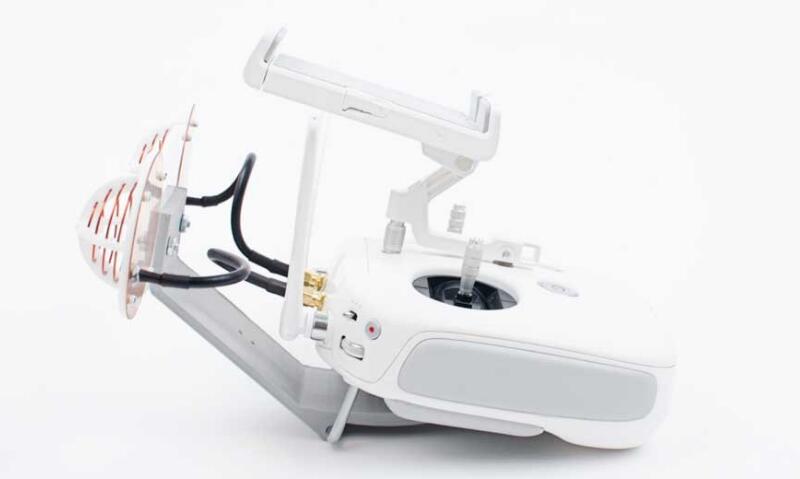Your drone will serve its purpose only to the extent to which you master its control. Control will be determined by the frequency you select. There are numerous options available in the market. However, you only need the basics, especially as a beginner. Even for pros, it is the basics that will determine how well you manage at the advanced level.
If you are planning to buy a camera drone, you may be interested to read the Best Drone with Camera 2017 & Buyer’s Guide.
• Channels
Channels describe the individual actions that can be taken simultaneously as you control the aircraft. Each channel refers to the frequency that will be transmitted between the transmitting remote control and the receiving drone.
The most common frequencies or variety in the market is the 4CH/4 channel controller. This is a controller that gives you four commands or types of movements.
1. Throttle- it determines the speed of movement. You need a drone that can handle the speed of action you will be filming or photographing.
2. YAW- this refers to rotation either right or left. It enables you to turn and follow the action or movement of the image. Most drone cameras will have this capability. What maters is how much control you have over angle of rotation.
3. Pitch- this is the ability of your drone to lean forward or backward. It changes the tilt angle and thus gives you a better shot of your target. Get a drone that has the best pitch based on your intended purpose. Remember that more features will require you to spend money.
4. Roll- it describes the ability to roll or lean left and right. Since you need to cover action on all sides, this is an incredibly important feature.
From experience, the most common channels on drone and especially on cameras are seven. However, if you are a beginner, you need to practice with only four channels. Once you have mastered the movements, you can advance to more channels.
• Modes
Mode describes a decision on the motions that each hand will be controlling. In most cases, it is a factor of your most active hand and comfort. There are two main modes used in controlling drone. Mode 1 uses the right hand for ailerons while the left is used for rudder and elevation. Mode 2 on the other hand allows you to use the right hand for ailerons and elevator while the left takes yaw and throttle.
• Frequency
Drones come in different frequencies ranging from 27MHz to 40, 60, 1.3GHz and 2.4GHz, among others. The most common at the moment is 2.4GHz which covers small aerial vehicles and drones. You should choose a different frequency for your radio and video transmission to avoid crushing. Further, videos require a higher frequency than other files because of quality.
• Price and Budget
Even with all the choices available in the market, your budget plays a major role in determining the choice you make. You can only settle on a frequency that you can afford. There are many in different price ranges to suit your needs. Consider the features you need the most so that you can sacrifice what is not a necessity on your drone.
[jetpack-related-posts]